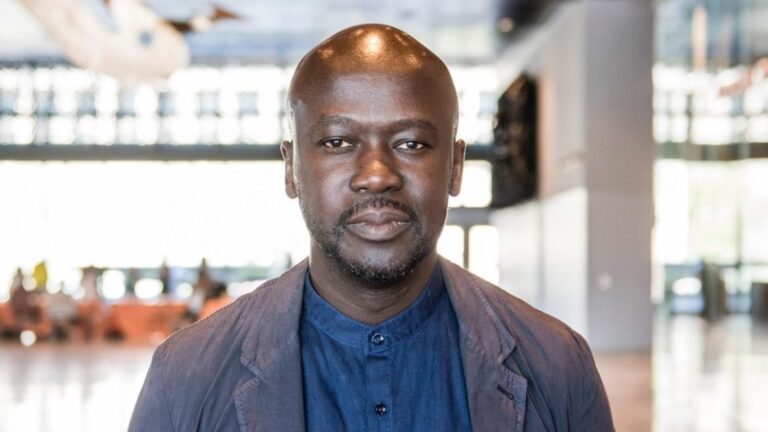New Residential Complex in Amsterdam Creates Room for Wildlife
New Residential Complex in Amsterdam Creates Room for Wildlife

The new apartment complex designed by Venhoeven CS and DS Landschapsarchitecten is characterized by the intention to stimulate biodiversity. Located on a four-acre plot in the Sluisbuurt on the Zeeburgereiland in Amsterdam, the complex will include 82 homes, a parking garage, and spaces for shops and businesses. The nature-inclusive project pays special attention to the design of green roofs, terraces, and facades to create micro-environments for local flora and fauna and to optimize energy consumption.
The plot is located near a public park, and it borders the inland waterway of the Sluisbuurt. The Zoöp Zeeburg project aims to provide shelter for fauna species by providing alternatives to the four types of natural environments: trees, shrubland, grassland, and water bound. Zoop is the term for an organizational model for cooperation between human and non-human life that represents the interests of all.

We are proud of the nature-inclusive contribution that Zoöp Zeeburg will soon make to Sluisbuurt and the city of Amsterdam. With the broad, integral design and development team, the municipality, and future users, we will continue to develop the building into a place where people, plants, and animals feel at home. A Zoöp is a concept that must meet strict conditions and we trust that this plan will receive the official status of Zoöp after evaluation. – Peter Heuvelink, director of AM Noordwest.
The apartment complex includes 82 apartments of varying sizes to provide accommodation for many types of residents. The double-height ground floor creates attractive spaces for local shops and businesses. The development is characterized by balance and contrast: urban fringes with public facilities along the main street; intimate green-blue ‘inner world’ on the inland water, near the public park.

The project also includes other measures to improve its sustainability rating, like including triple glazing, heat recovery systems, and solar panels integrated into the design. The construction phase is scheduled to start in 2024 with the aim of completion in the first quarter of 2026. The project is part of Sluisbuurt, a sustainable, car-free neighborhood with buildings in a combination of high and low-rise buildings and containing more than 5,500 homes and facilities.








